
FletchSan
-
Posts
355 -
Joined
-
Last visited
-
Days Won
5
Content Type
Profiles
Forums
Events
Store
Downloads
Gallery
Posts posted by FletchSan
-
-
-
Maybe Harutada?
濃 No
州 Shu (Mino)
春 Haru
但 Tada
作 Saku
-
 1
1
-
-
-
Thanks everyone!
Malcolm - I didn't know it was a kusakabe, can you send me the reference from the Getty catalogue?
-
Thanks Piers - love the print also. The photograph is 1870s though not sure of the photographer for this one, I don't believe it's a Beato.
I was thinking the same thing re: the armour as the mino may have just been another prop in the costume chest of one of the many Yokohama Studios at the time.
However, the print made me wonder whether it was actually more commonly worn by Samurai for purposes other than to keep off the rain

-
A request for information from our armour enthusiasts! I have been updating the descriptions of my photographs and would like more detail on the armour worn in this photograph.
Also - I'm interested in what appears to be a Mino "straw coat" - or could this be for some kind of camoflauge worn by this kyūdōka ? Maybe both

I have also attached a ukiyo-e print of a samurai wearing one.
thanks!
-
Nice Tsuba ! Agree - most likely water buffalo which were domesticated in Japan.
-
This is my favourite of the prints that I own. It’s a kabuki diptych by Kunisada.
The actors from left are Segawa Kikunojō V and Ichikawa Monnosuke III as Soroku nyobo Ohama (惣六女房おはま), Karaki Masaemon nyobo Otani (政右衛門女房お谷) in the play "Torimazete Sekison miyage", performed at the Ichimura theatre in July 1823; publisher is Enomotoya Kichibei.
-
 6
6
-
-
Alright, I've cracked it

It's an old photograph of the statue of Date Masamune at Zuiganji temple which was commissioned by his widow Yotokuin in 1652. Interestingly the armour on the statue is original Warring states period.
The old sepia photograph almost brings him to life

-
Hi All,
I recently picked up this photograph of a Samurai for my collection that I haven't seen before. It's a small sepia photograph.
Has anyone seen this one before or know anything about the Samurai photographed?
I wonder if it is a Felice Beato pre Meiji photograph that may have not been published before..I've also attached an enhanced version as well to try and bring out some of the detail.
cheers,
Ben
-
Thanks Curran - I don’t actually have a copy of the waki goto book so will look into that as a starting point.
Are there any further details on the nthk paper? I haven’t had it translated yet.
Cheers,
Ben
-
Not too many examples online - though this one has some similarities published in this exhibition catalogue "THE Japanese SWORD AND ITS FITTINGS From the collections of the members of the Japanese SWORD SOCIETY OF NEW YORK and The Cooper Union Museum The Cooper Union Museum, New York March 26 through May 28, 1966".
-
Perhaps my photos - here's one with the flash, though it makes it look overly glossy. It does show the details a little better.
It's also an iron tsuba which I assume wont have the fine details of a soft metal tsuba.
I don't have too much to compare it with, so if anyone has examples of iron Goto Seijo they could share that would be great !
cheers,
Ben
-
 1
1
-
-
Hi All,
I picked up this tsuba papered as Goto Seijo and would like to find out more about the Seijo school / generations.
I've found very little online about Seijo so please point me to any references or good books that may cover the waki goto schools in some detail.
I'd also like to translate the NTHK paper which I believe is an older paper from Showa 53 though havent had much luck yet. The online resources which label the columns that I have seen are for NTHK swords not koshirae, so any pointers here would also be appreciated.
I did discover another thread from 2017 after I purchased the tsuba where the previous owner had concerns about the finish which seems to be a coating of wax or oil though it looks much better in hand and doesn't concern me too much.
cheers,
Ben
-
-
Received my tsuba boxes - very happy with them, thanks Grev!
-
Thanks all. I find it fascinating that so many different styles of pre-Edo tsuba are all categorized together as ko-kinko. I assume they are from several different schools though many of the makers and schools are just unknown?
I'm sure the two I have are probably not related other than their classification though they do seem very similar (to my eyes anyway), albeit the second being far less ornate.
-
-
Hi All,
I have two tsuba that share several similarities and I was wondering whether they could be from the same school?
They both appear to be Muromachi era and have a very similar shape.
The waves remind me of the Omori school - though I am very new to collecting tsuba so would appreciate some feedback on both pieces.
thanks,
Ben
-
 1
1
-
-
I had a police Sabre with a very similar threaded nakago which was discussed here.
http://www.militaria.co.za/nmb/topic/19761-police-saber-with-family-blade/?fromsearch=1
http://www.militaria.co.za/nmb/uploads/monthly_06_2016/post-3412-0-86206700-1465899060.jpg
-
Thanks Ford - I guess we’ll never know why they are referred to as Shingen tsuba.
Though, one thing for sure is that they would be a lot less desirable associated with a draw string bag vs. a daimyō warlord

I’m still very interested in the process of construction and would love to hear your thoughts on this.
Thanks!
-
Thanks Mauro,
Do you have an English translation of the NBTHK paper?
The other story, again unproven, which may be more related to my Tsuba which isn’t a centipede design is that “Takeda Shingen wrapped brass wire around a iron sukashi tsuba while waiting patiently before a major battle. Supposedly this kept him calm and focused and able to react and think in a clear manner when it counted. Because of this practice of his, many of his supporters followed in his actions and made these tsuba as well.”
Cheers,
Ben
-
Hi Steve,
According to my kitchen scales - 113g

Dimensions are roughly 78mm x 72mm
-
 1
1
-
-
Hi All,
I recently picked up this tsuba which I understand is classified as a "Shingen tsuba". I've read the various posts on the forum about Shingen tsuba and the story behind it, though I haven't seen too many examples like this one.
I'd be interested in some further information about the period and construction. It certainly appears to be actual wire that is wrapped around the tsuba vs. a carved design.
It is also very similar to the example documented in the 1923 field museum publication as referenced on the Varshavsky Collection website.
cheers,
Ben
-
 3
3
-


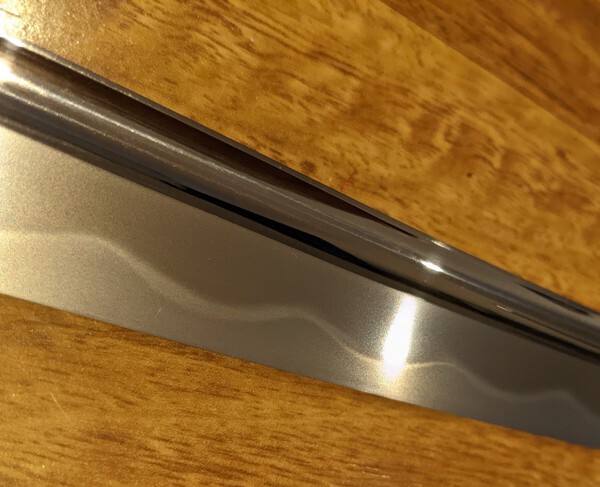

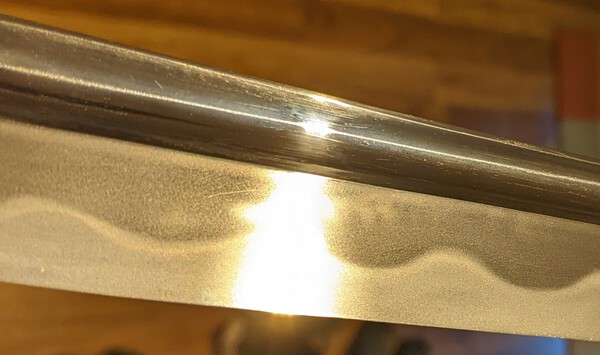
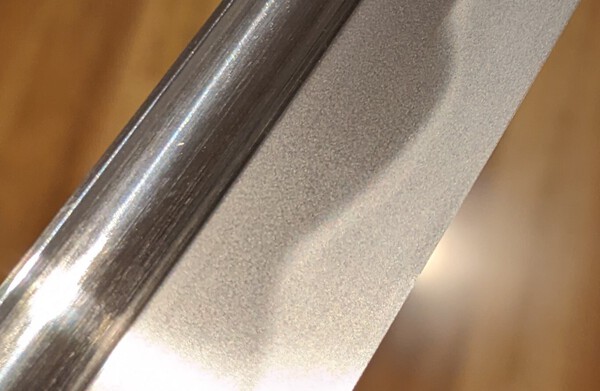
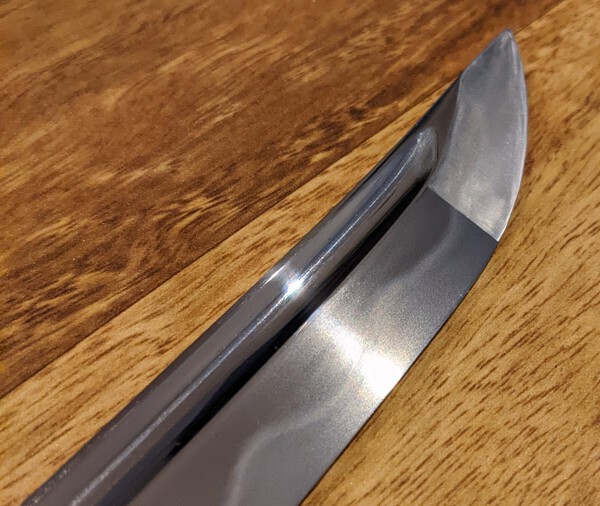


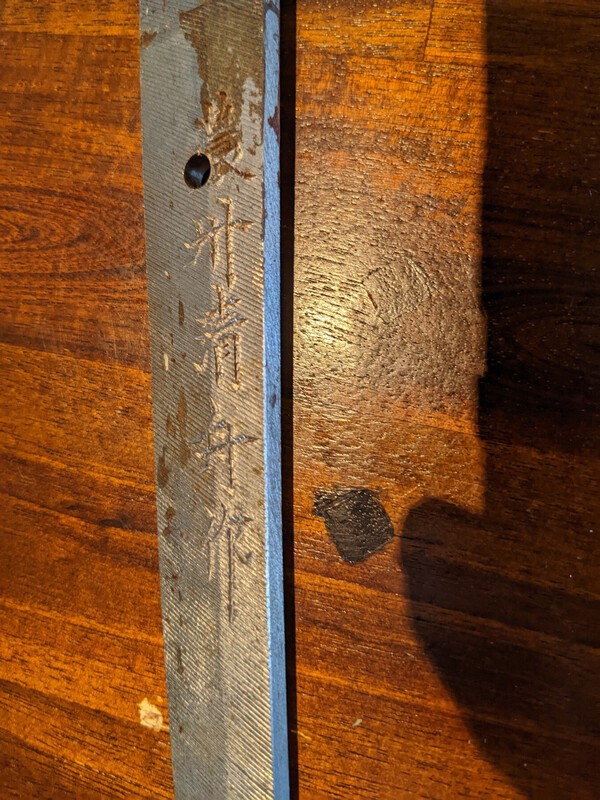
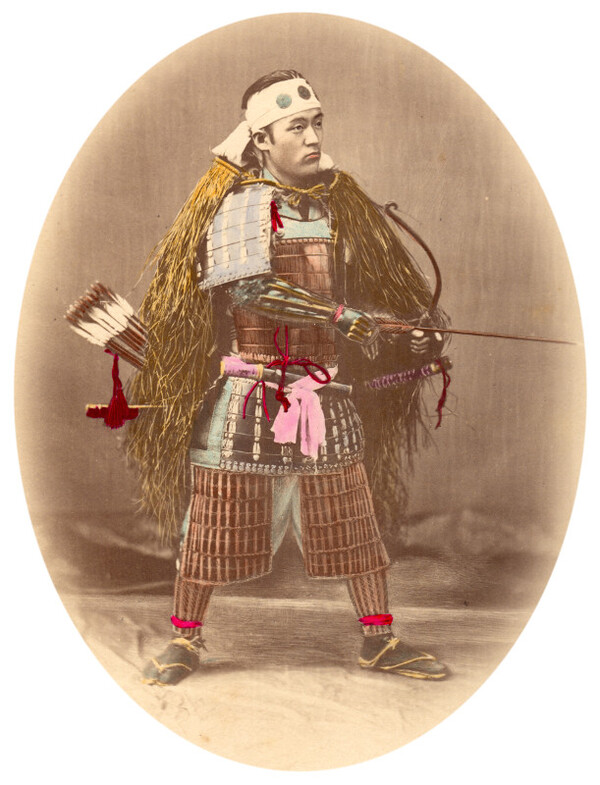
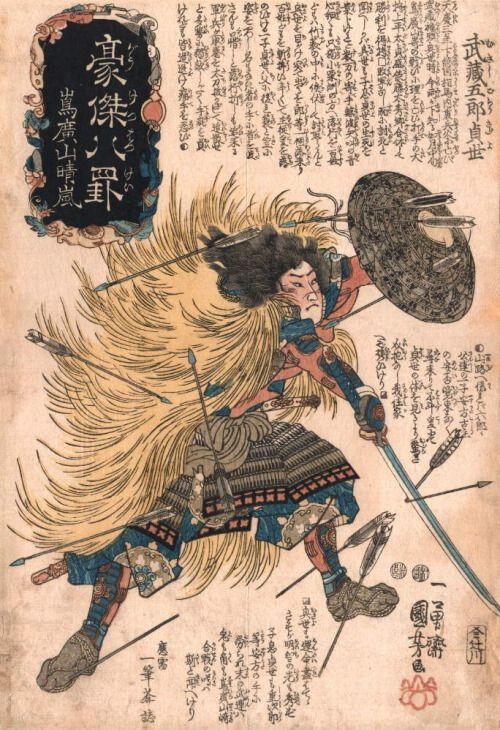
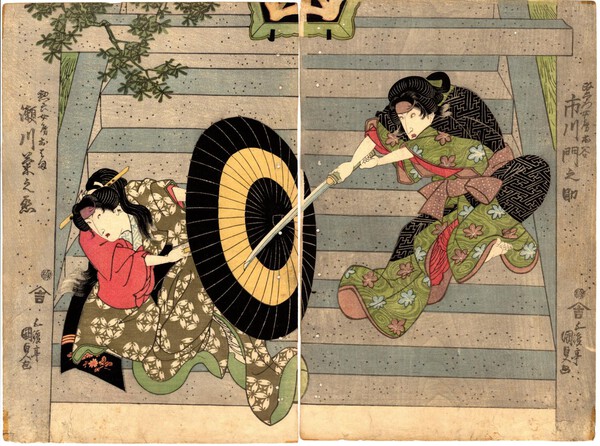
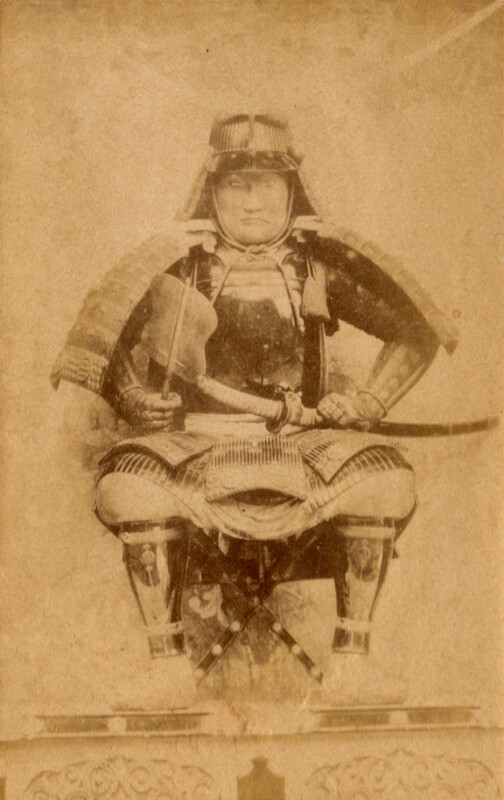
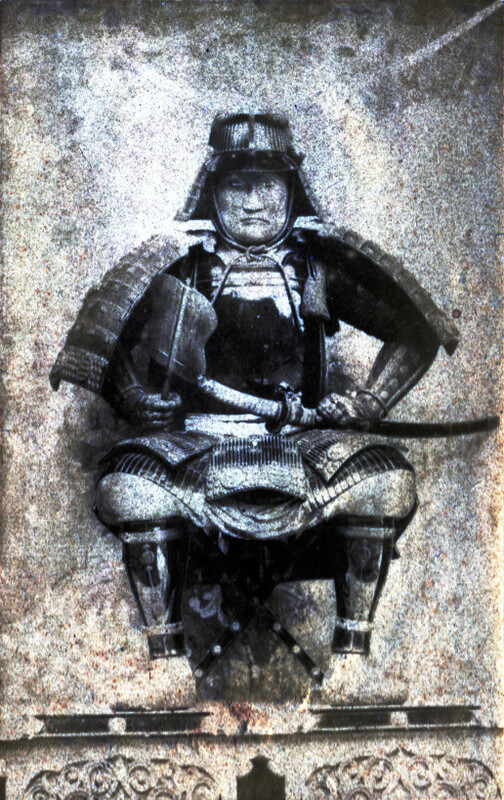
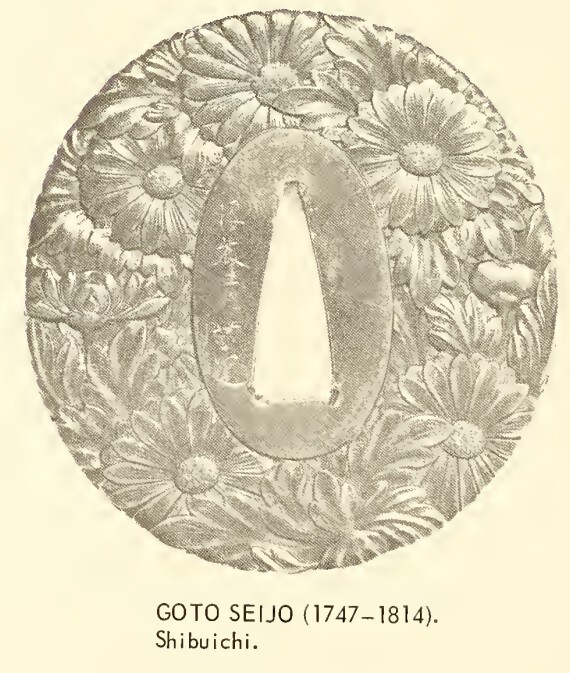
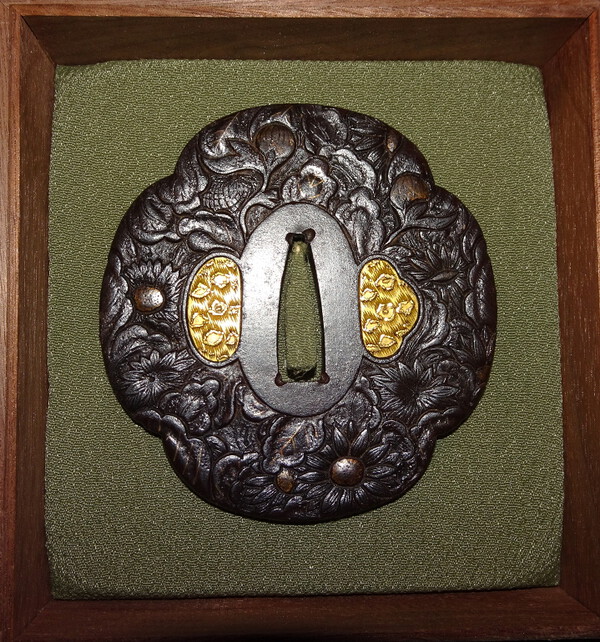
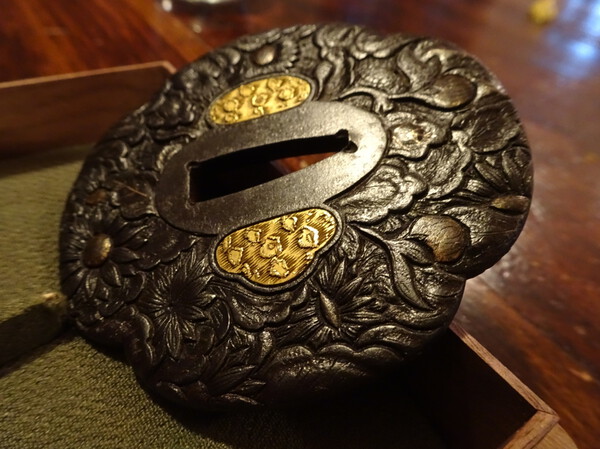
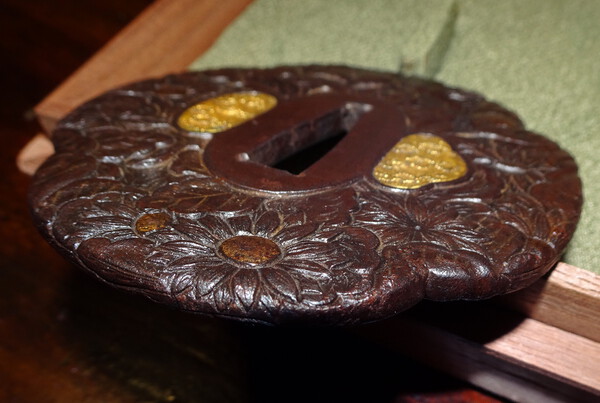
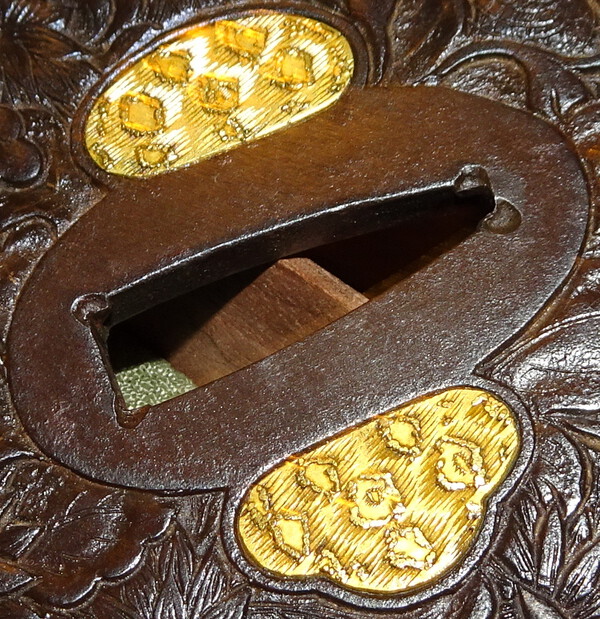
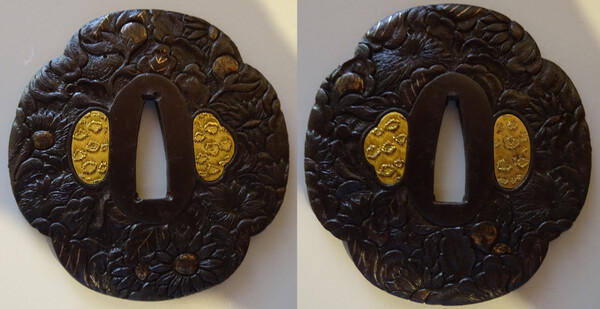
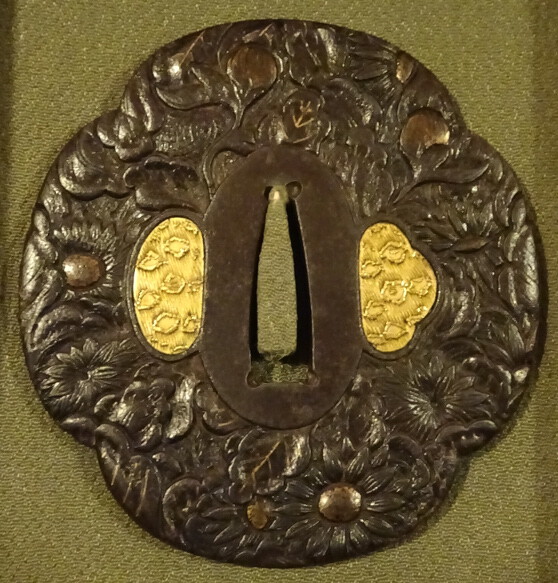
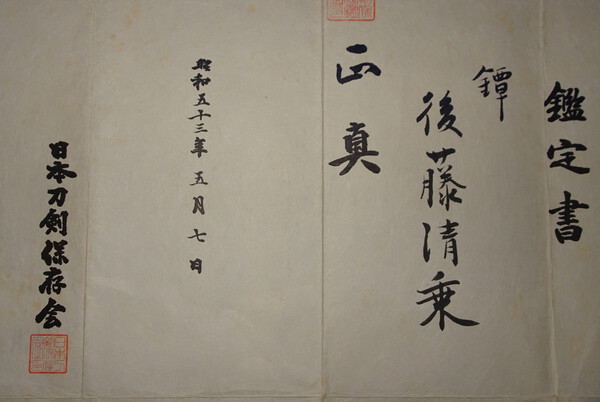
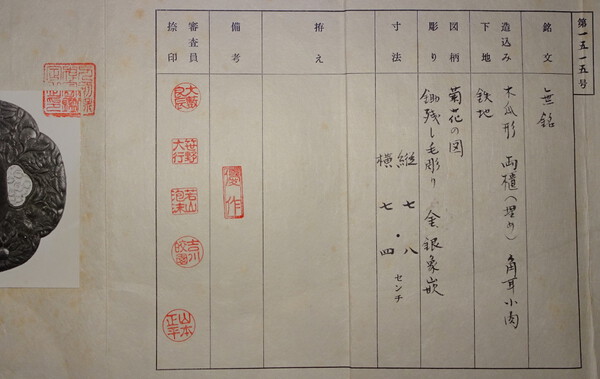
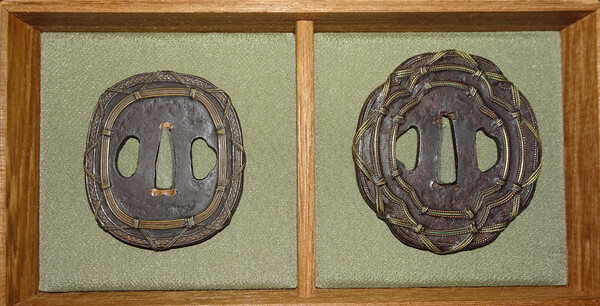
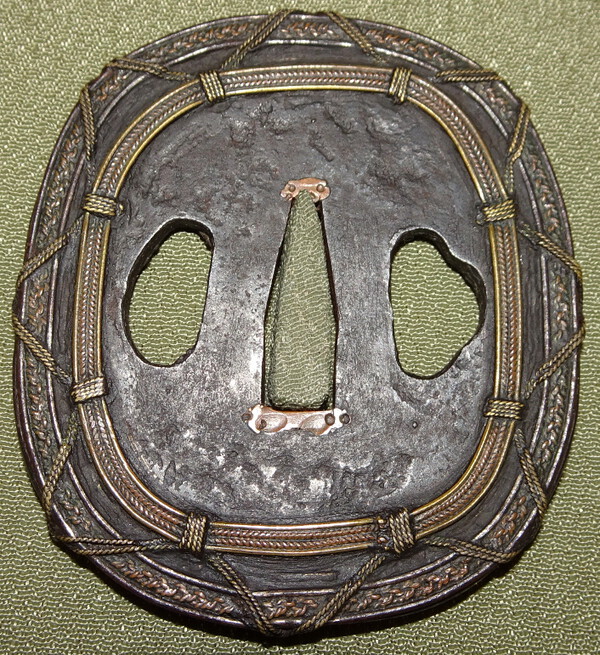
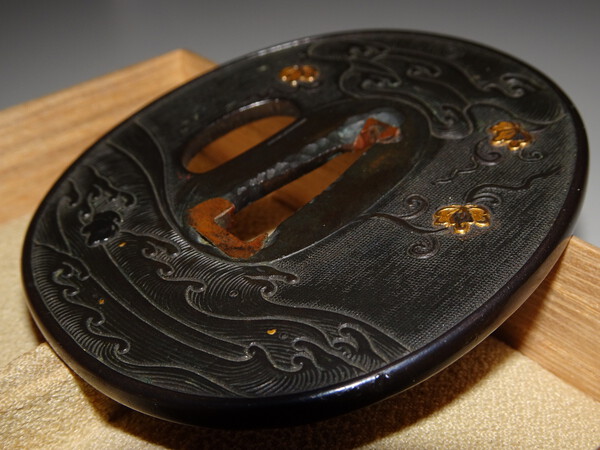
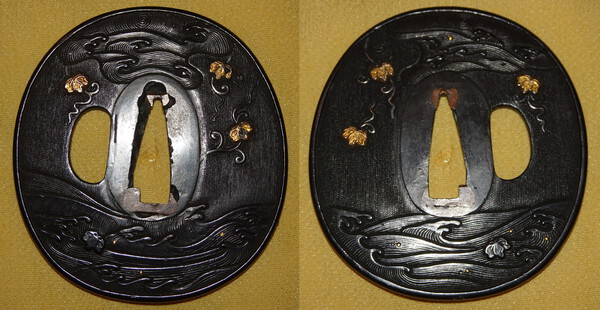
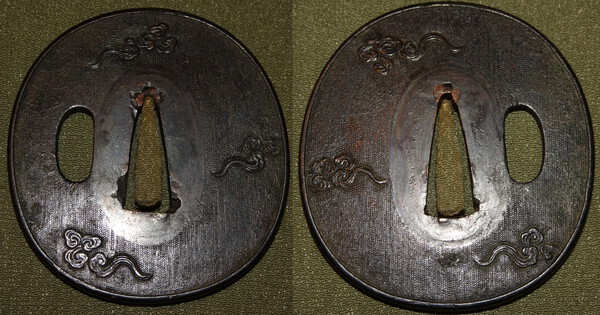

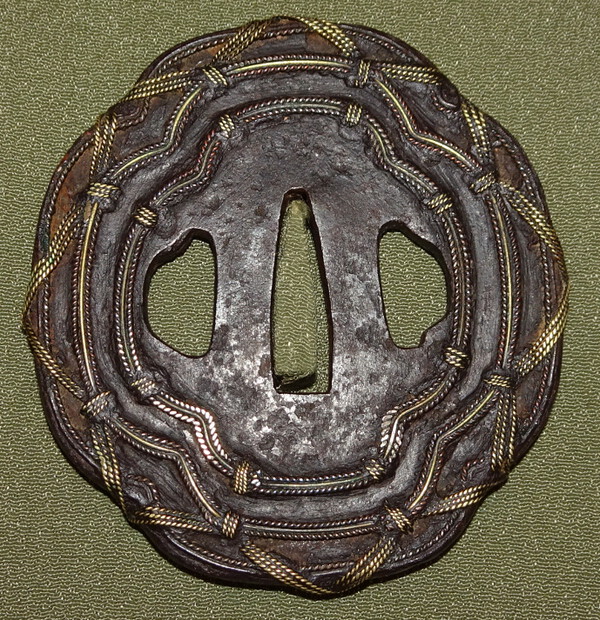


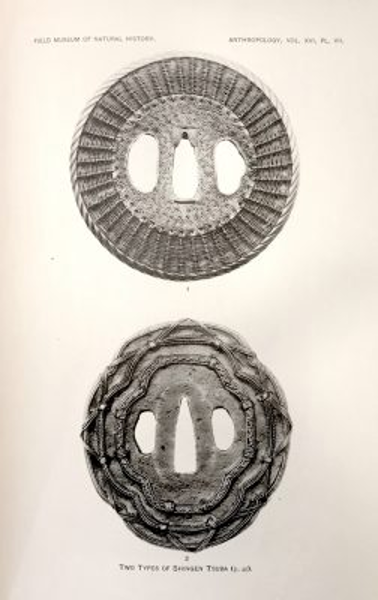
Modern mei translation
in Translation Assistance
Posted
Yes it's not, it's a steel Iaito from my research - found a few examples that are very similar looks like a custom order through a place called "sword store" that have them made in Taiwan. Mystery solved